Bracken Fern
Pteridium aquilinum
Status: Secure
Bracken Ferns are perennial ferns with firm upright branching fronds (divided leaves of ferns). The fronds have a triangular shape and are a green color. These ferns can reach up to 4.5 ft tall. Bracken ferns have underground deep stems called rhizomes that help the plant survive intense fires.
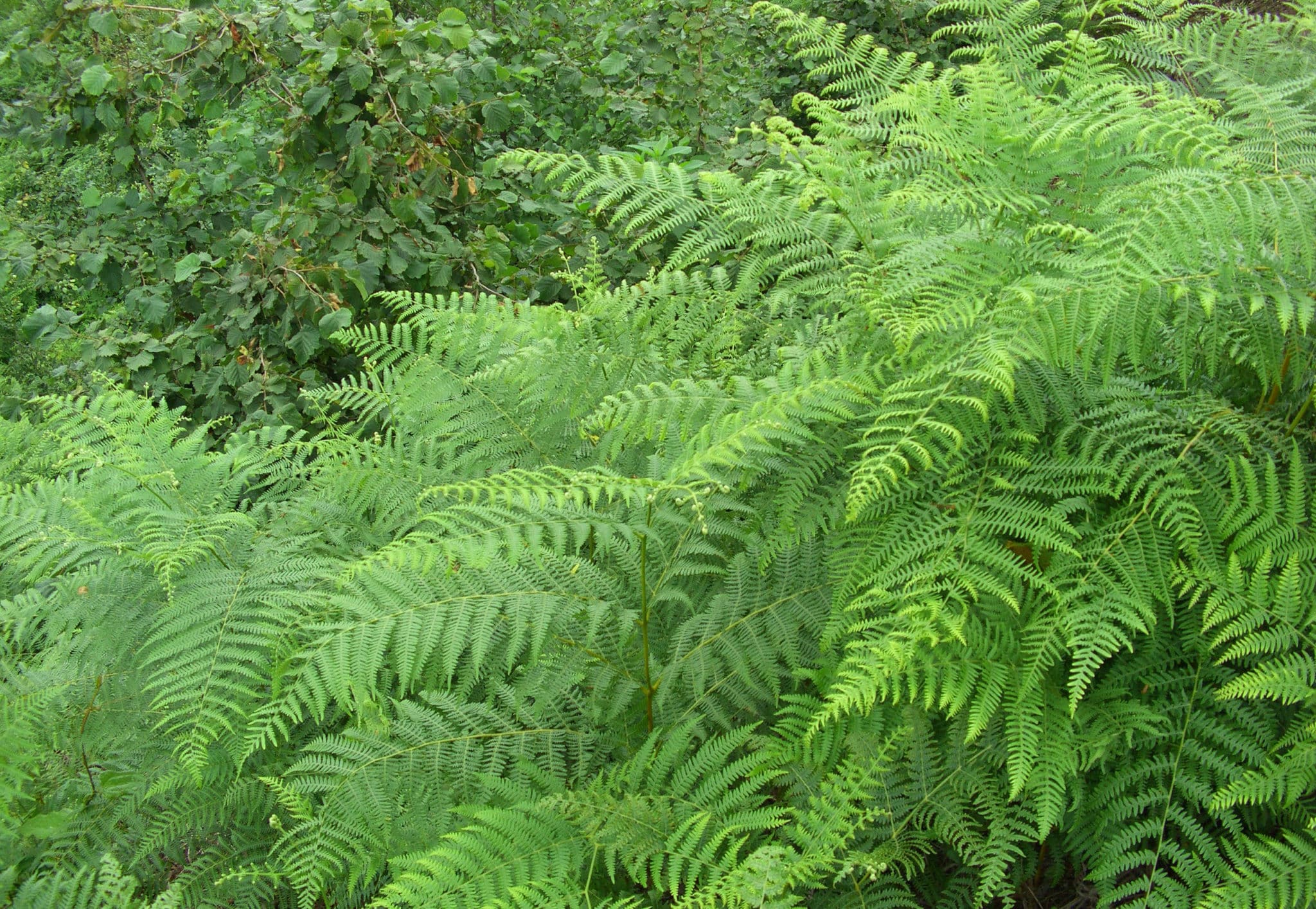
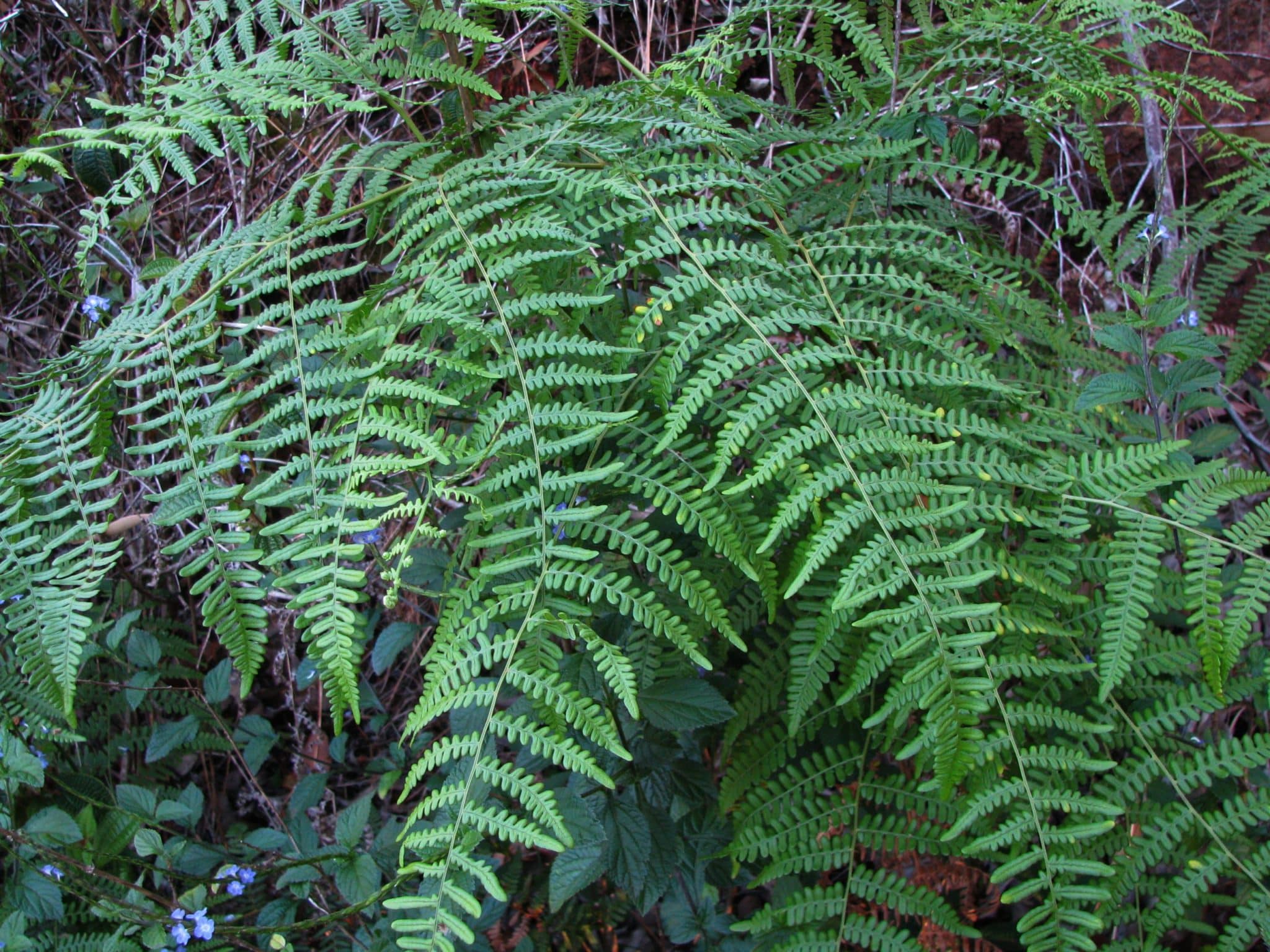
Habitat & Range
Bracken ferns have a wide distribution range in North America. They are found in every state in the U.S. and in almost every province in Canada. The habitat of these ferns include open woodlands, pine forest, wet swamps, and marshes. They prefer to grow in slightly shaded areas with sandy or rocky soils.
Food Web & Energy Flow
Like most plants, Bracken ferns get their energy from the sun through photosynthesis, making it a primary producer. In order for these plants to survive they require soil, water, and sunlight. These ferns also like to be in shaded areas.
Relationship to Fire
Frequent fires are important for Bracken ferns. If prescribed fires on the forest floor are not constant in the Longleaf pine ecosystem, the soil will not be able to maintain all of its nutrients. After a fire, more nutrients are added to the soil and Bracken ferns are able to regrow immediately.
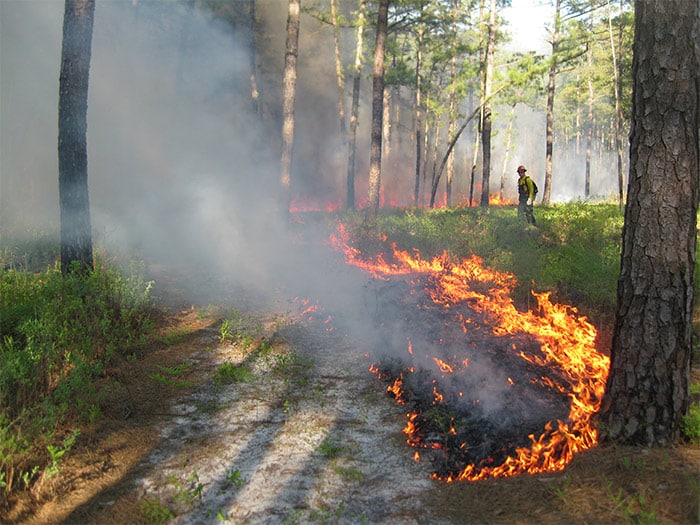
Conservation Status
Bracken ferns are considered Secure and are not currently under any major threats. Some states have different levels of pressure due to habitat destruction and fire suppression but they are still minor threats.
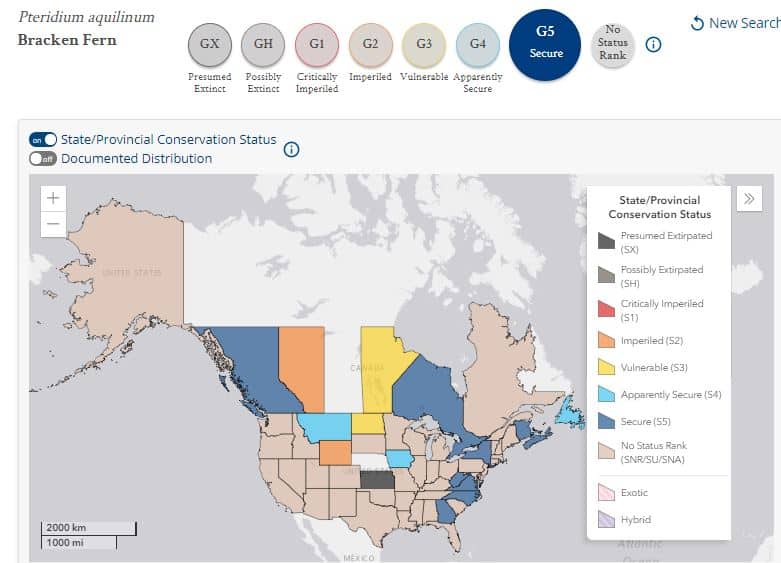
Human Impacts/ Threats
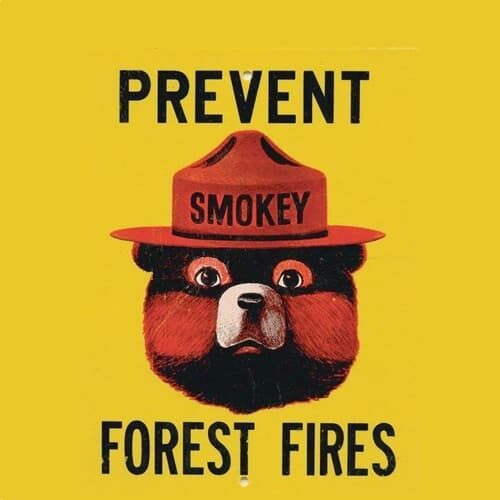
Fire Suppression
Many people think of fires in the forest as bad, so they work hard to prevent or suppress them. But longleaf forests NEED regular fire to support habitat for the species that live there!
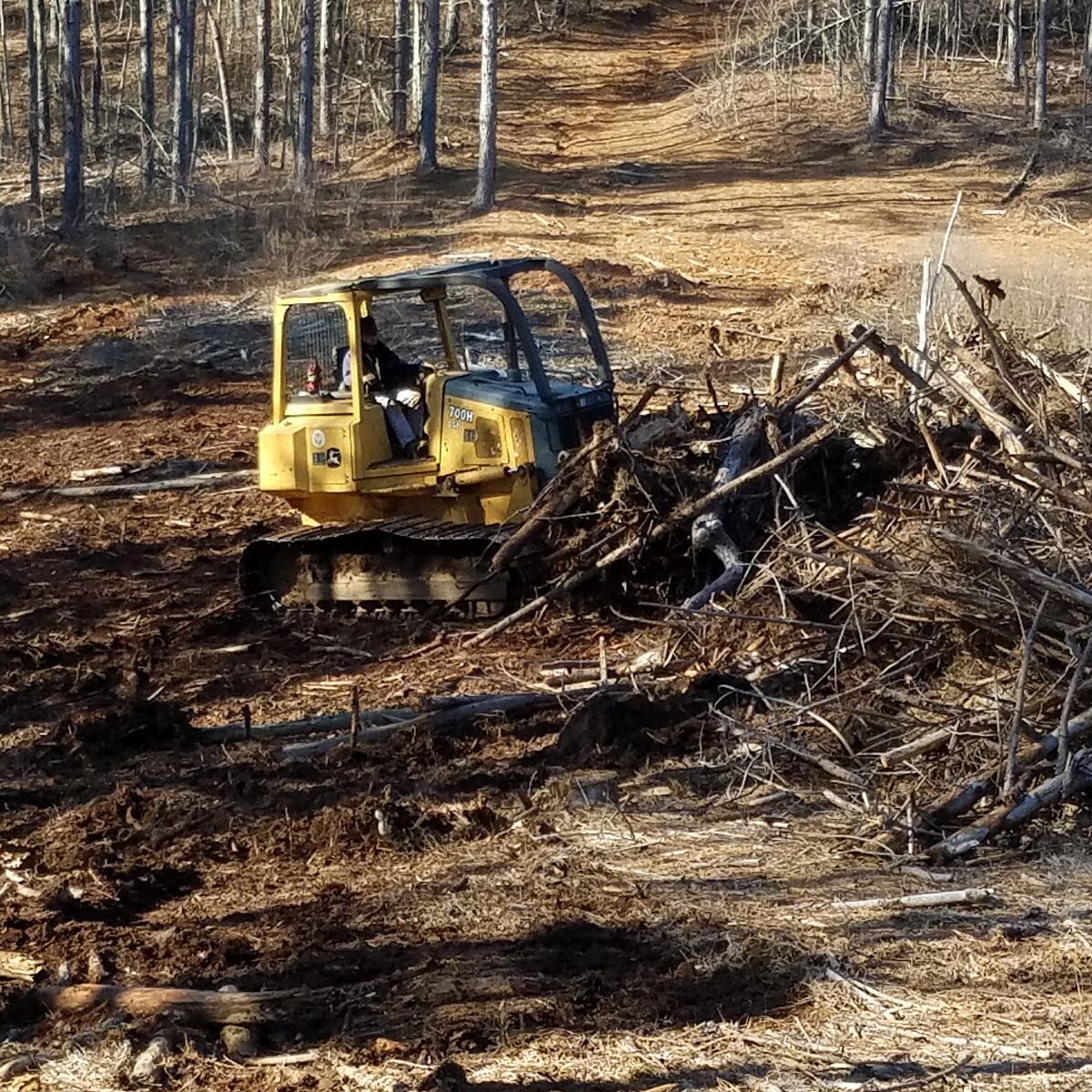
Land Use Conversion
Longleaf forests and the habitat it supports is being cleared or converted to use the land for other uses like houses, roads, agriculture, and even to grow different types of trees to sell.
Resources
Lady Bird Johnson - Wildflower Center. Plant Database
4-H - University of Florida. 4-H Forest Resources
Agricultural Research Service. Poisonous Plants
